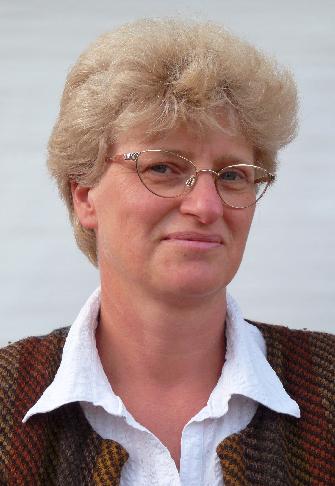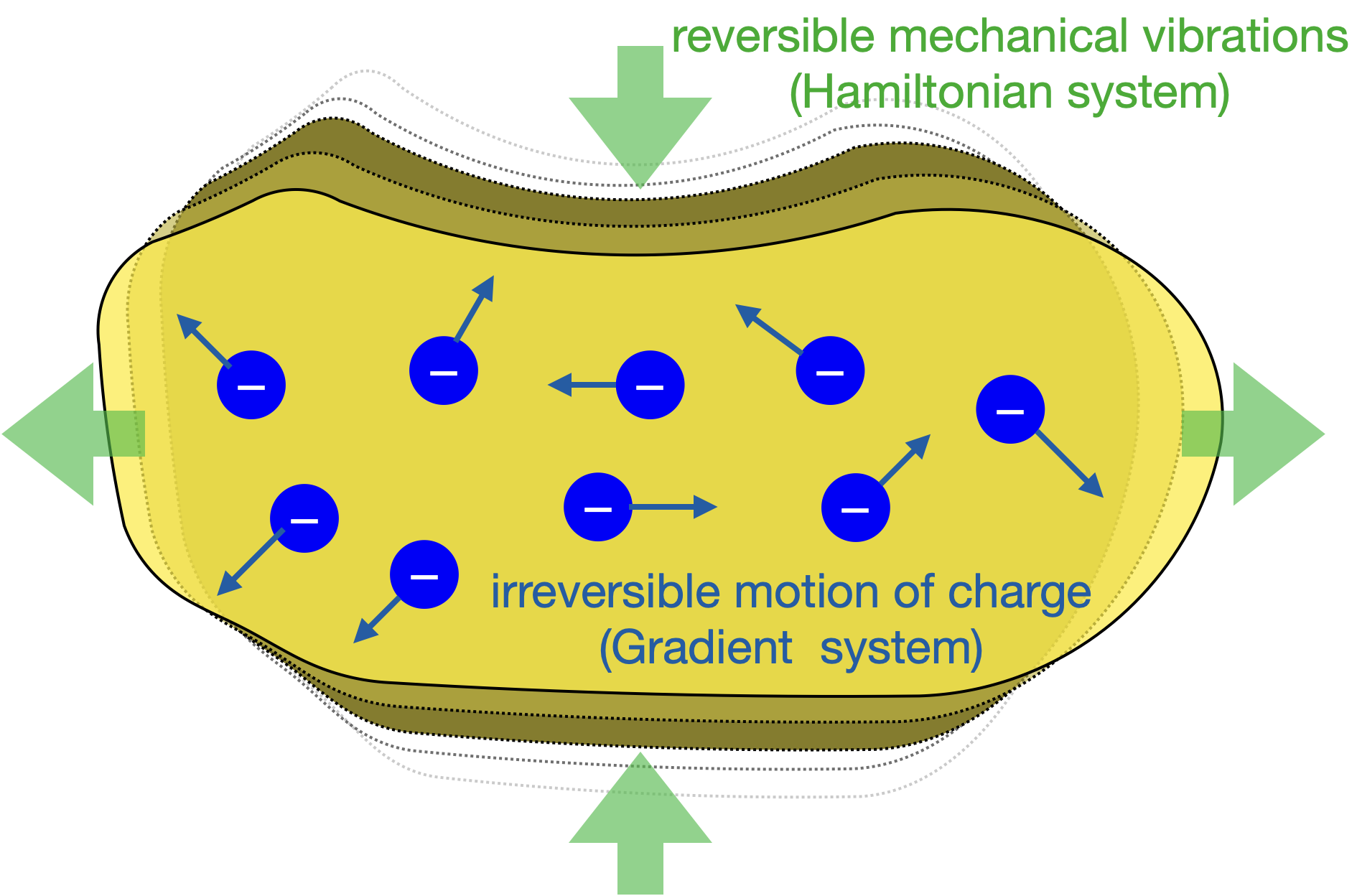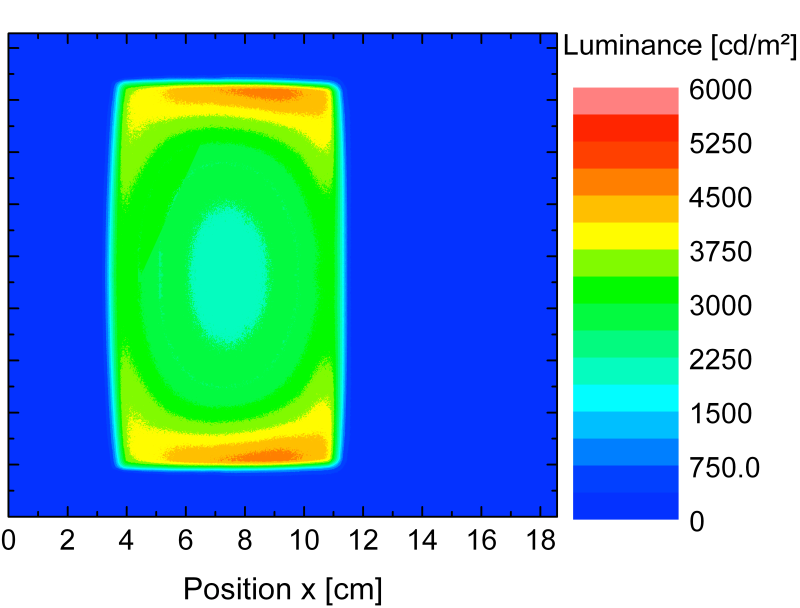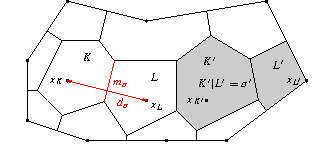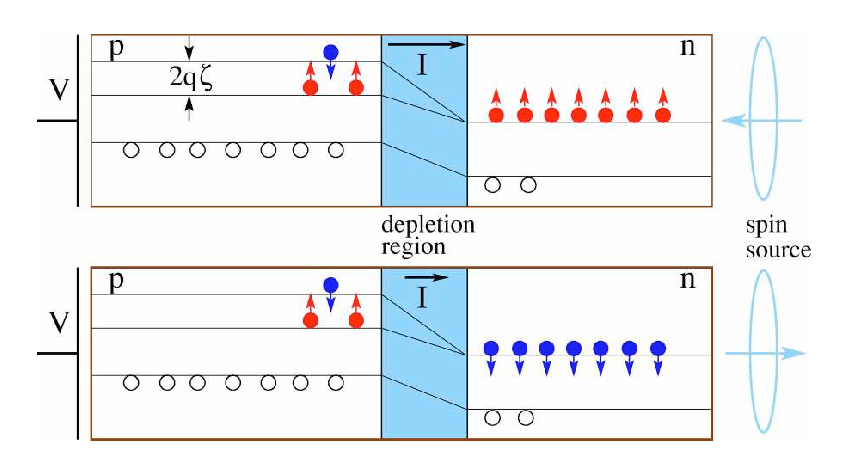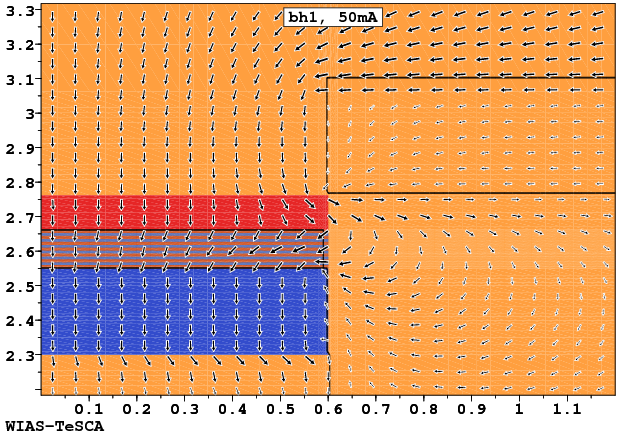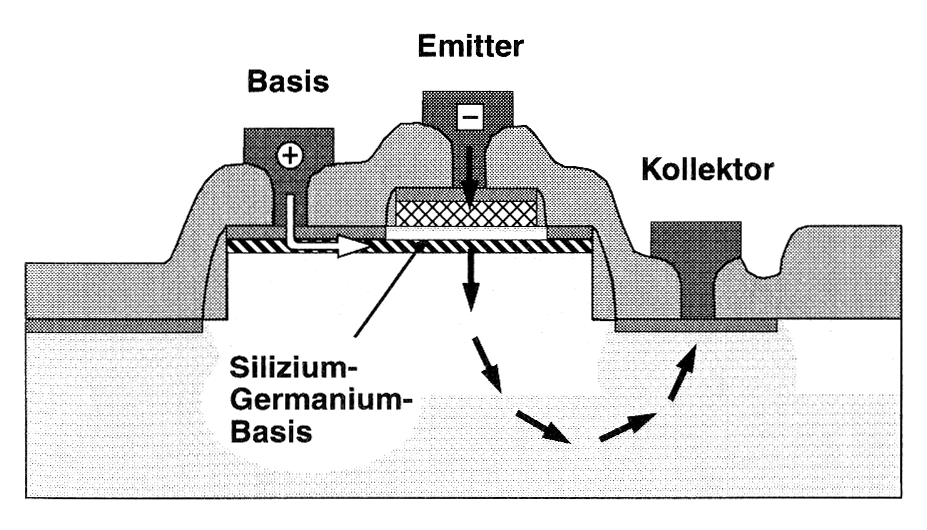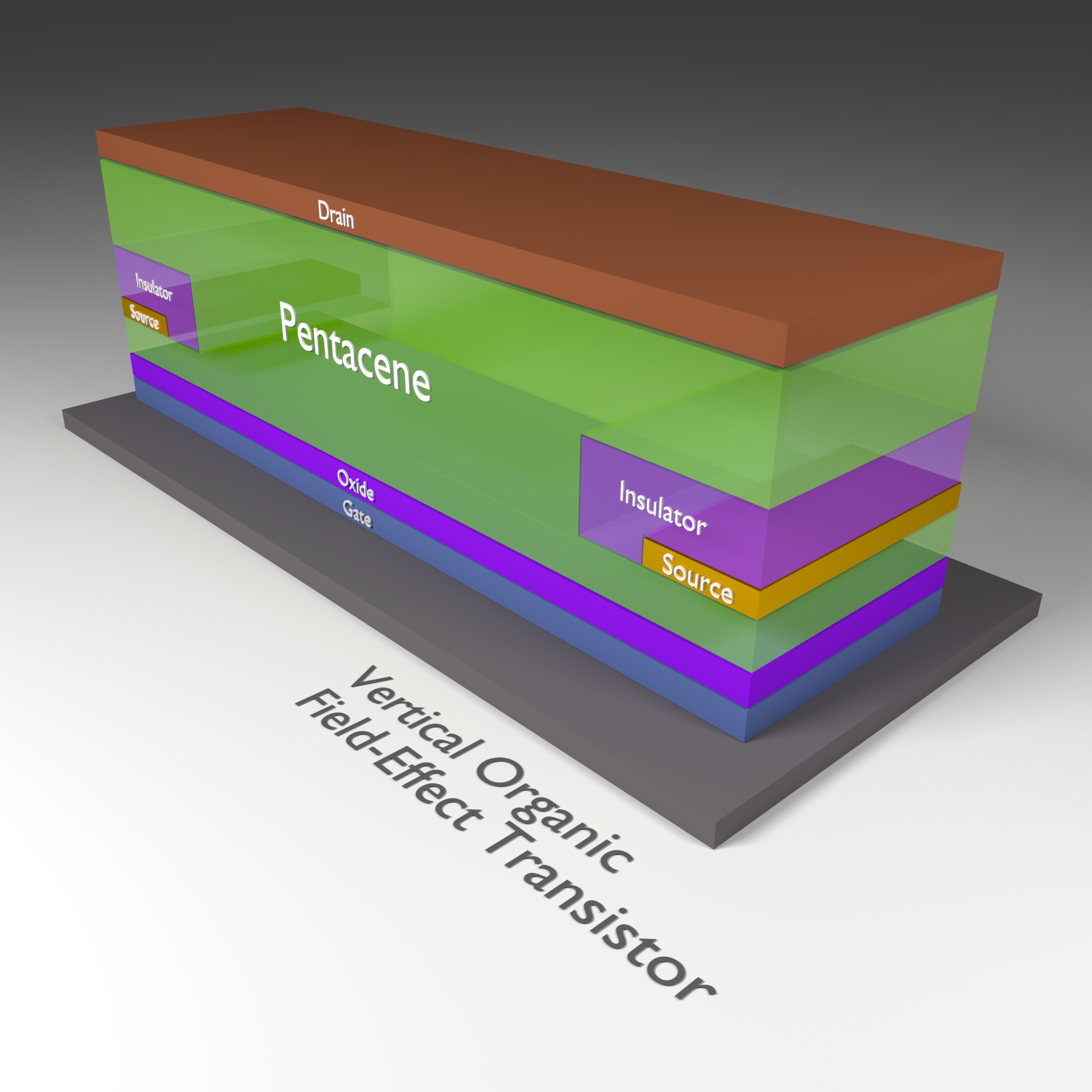
|
ECMath-project SE18 in Research Center Matheon
(June 2017 - December 2018)
Models for heat and charge-carrier flow in organic electronics
The aim of the project is to develop a thermodynamically correct energy-drift-diffusion model for organic semiconductor devices and its discretization and implementation in a simulation tool. The outcome of the project is a fundamental building block for a more efficient multi-scale and multi-physics description and simulation of organic devices.
First, the transport of charge carriers in the isothermal case will be described on the basis of a drift-diffusion model, taking the distinctive features of organic materials into account. Second, the model will be extended in a thermodynamically consistent way to include the self-heating and the resulting feedback as well. In both points, the aspects of modeling, analysis, numerics, and simulation are considered.
Next
Up
|
|
